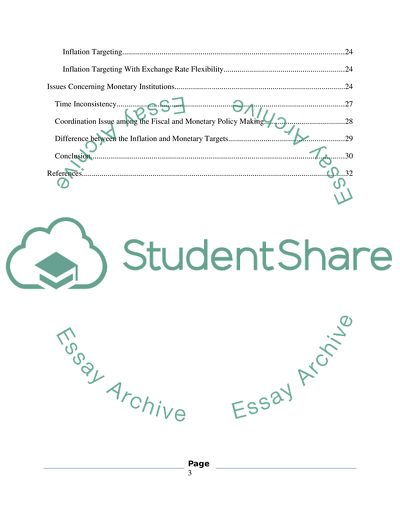Cite this document
(“The Alternative Theories of the Demand for Money Research Paper”, n.d.)
The Alternative Theories of the Demand for Money Research Paper. Retrieved from https://studentshare.org/macro-microeconomics/1744007-discuss-the-alternative-theories-of-the-demand-for-money-can-have-very-different-implications-for-our-view-of-the-role-of-money-in-the-economy
The Alternative Theories of the Demand for Money Research Paper. Retrieved from https://studentshare.org/macro-microeconomics/1744007-discuss-the-alternative-theories-of-the-demand-for-money-can-have-very-different-implications-for-our-view-of-the-role-of-money-in-the-economy
(The Alternative Theories of the Demand for Money Research Paper)
The Alternative Theories of the Demand for Money Research Paper. https://studentshare.org/macro-microeconomics/1744007-discuss-the-alternative-theories-of-the-demand-for-money-can-have-very-different-implications-for-our-view-of-the-role-of-money-in-the-economy.
The Alternative Theories of the Demand for Money Research Paper. https://studentshare.org/macro-microeconomics/1744007-discuss-the-alternative-theories-of-the-demand-for-money-can-have-very-different-implications-for-our-view-of-the-role-of-money-in-the-economy.
“The Alternative Theories of the Demand for Money Research Paper”, n.d. https://studentshare.org/macro-microeconomics/1744007-discuss-the-alternative-theories-of-the-demand-for-money-can-have-very-different-implications-for-our-view-of-the-role-of-money-in-the-economy.


